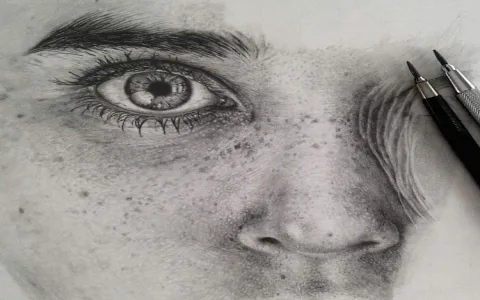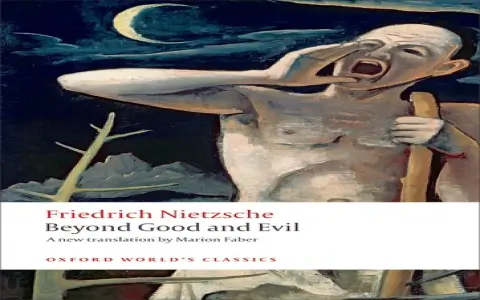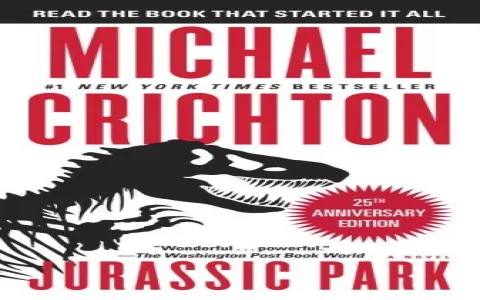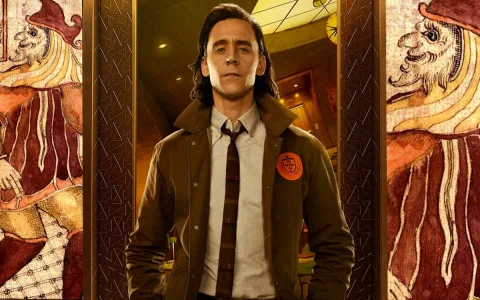Alright, so you wanna get into Beksiński’s wild, creepy worlds but ain’t sure where to start with books? Felt exactly the same last month. Saw his paintings online – you know the vibe, all desolate landscapes and twisted figures, kinda beautiful, kinda terrifying. Wanted to understand the stories behind those images, like what kinda messed-up future he dreamed up. Figured books were the way in.
Problem was, jumping headfirst into Beksiński felt… intimidating. His art is dense, man. Where do you even begin? Typing stuff like “Beksiński books beginner” or “easy Beksiński dystopia” mostly got me forum threads arguing about Polish editions or links to art books costing a fortune. Total overload. Needed a simple guide, someone to say “Read this first.”
The Moment I Asked For Help
Realized I was stuck. So I did what I shoulda done sooner: hit up Piotr, this friend who’s deep into obscure art stuff. “Mate,” I texted, “those Beksiński nightmares… I need books, but ones I can actually get without needing a Ph.D. Where do I start?” Also slid into the DMs of a small artist account on Instagram that constantly posts his work. Basically begged for pointers.
Got lucky. Piotr hit me back quick with a couple names. The artist account? Actually replied! Sent me a short list they wished they had when they first fell down the Beksiński rabbit hole.
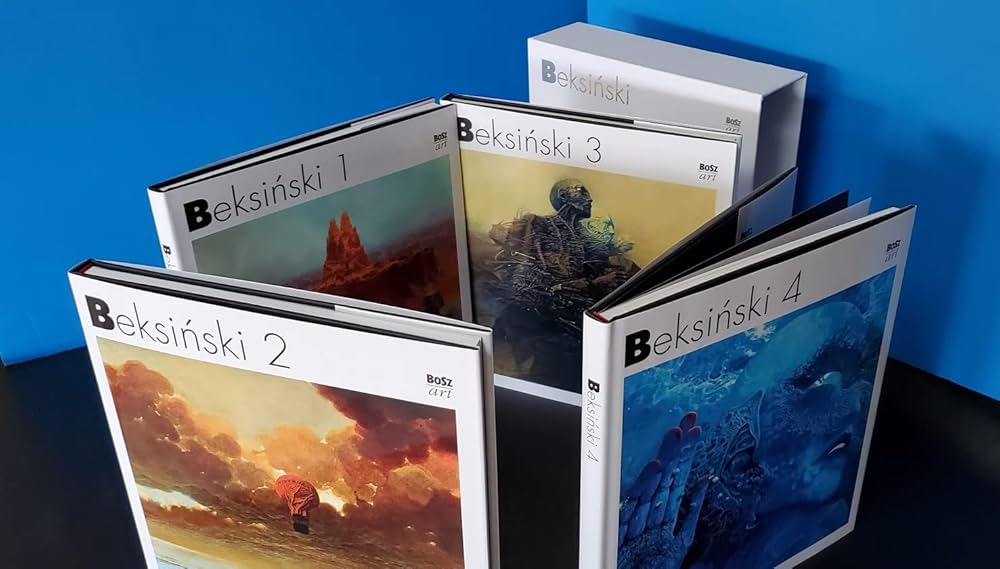
- “Beksiński: Photographs, Collages, Paintings, 1955 – 2005” – Piotr swore by this one. Said it’s not just paintings. Shows his early photos, collages – you see how messed-up his visions started before the famous dystopian art. Makes the scary paintings feel less random somehow. Like peeking into his whole weird brain evolution.
- “Beksiński: An Exhibition Catalogue (Usually titled just ‘Beksiński’ with big art)” – That artist account was super clear: “Don’t overthink the first one. Just grab whatever big, fat, shiny catalog the museum did recently.” Explained that these usually have decent essays that frame the work without getting lost in crazy art theory. “Look at the damn pictures first,” they said, “let the words try to catch up later.” Sound advice!
Hunted online based purely on those titles – skipped anything sounding like dense theory or expensive limited editions. Found ’em both.
Cracking ‘Em Open & What Clicked
Got that catalog first. Honestly? Just stared at the pages. Let those ruined cities, those silent figures in shadow, just soak in. Then read the intro essay. That’s when it clicked why it felt so hauntingly familiar even if totally alien – dude painted anxieties about the future that feel weirdly accurate now. Tech gone wrong, nature fighting back, humans just kinda… lost. It clicked why folks call his stuff “dystopian.” It ain’t just grim; it’s a vibe.
Then I flipped through the “Photographs, Collages…” tome. Seriously, the early photos? Shadows playing tricks, abstract forms – you could see the bones of his later nightmares forming right there. The collages felt like him just playing around with chaos. Put them next to the later paintings? Mind blown. It wasn’t just “scary future art”; it was a whole damn vision building up over decades. That’s the key takeaway – his worlds didn’t pop up overnight.
Mission kinda accomplished? Didn’t become an expert overnight, no way. But now when I look at a Beksiński piece, I don’t just see horror. I see layers brewing. Best starting point for newbies like me? Yeah, that combo: One big shiny catalog to get lost in visually, and one showing his journey to get context. Makes the whole crazy Beksiński universe way less daunting to step into.

